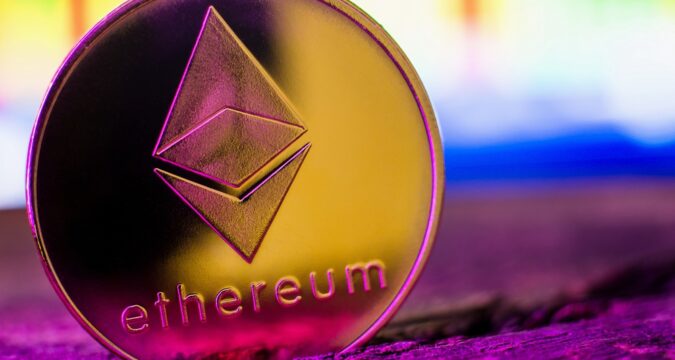
Introduction
Blockchains are decentralized networks that allow investors and developers to perform transactions using digital currencies. Blockchains require the services of validators and miners to verify the transactions.
Therefore, blockchains like the Ethereum network require gas fees to incentivize miners and remain decentralized. This guide is all about how you can understand and calculate Ethereum gas.
What are Gas Fees and EVM?
Ethereum blockchain is often referred to as Ethereum Virtual Machine or EVM because it hosts other decentralized applications. EVM is like a cloud computing network that contains various decentralized applications in it.
The main coin issued by the Ethereum blockchain is called ETH with various other tokens such as DAI. Users of the Ethereum network who are making transactions using these tokens and coins have to pay a price or cost of transaction in the form of ETH. This price or cost of conducting transactions on the EVM is called gas.
How do Ethereum Gas Fees Work?
Ethereum is a decentralized blockchain network. It does not need any centralized authority to approve the transactions such as banks or private financial enterprises. Therefore, Ethereum incorporates a PoW consensus mechanism like the Bitcoin blockchain.
POW model allows miners to decode unique encryption code to verify the authenticity of these transactions and add them to the blockchain record. Miners need to invest their skills, computation costs, and hardware to validate these transactions.
Therefore, Ethereum allows users to pay a small portion of their transactions as fees or gas as an incentive for these miners. In this manner, the blockchain network keeps operating depending on the cooperation of its community without requiring any centralized verification model.
Ethereum switched to POS or proof of stake consensus mechanism last year. With this new change, the users on the blockchain network now send their gas to the validators on the blockchain rather than miners.
How to Calculate Ethereum Gas?
Here are some important terms to understand to calculate Ethereum gas:
Gas Units
Gas units are the measure of the computational power required to perform a transaction on the blockchain. It can fluctuate based on the complexity of every transaction. For instance, gas units for token swaps are smaller in comparison to minting NFTs or publishing new smart contracts.
Gas Price
The gas price of Ethereum is cryptocurrency paid per gas unit. Gas prices are usually measured in gwei. One gwei is 10-9 ETH or one billionth part of an ETH token.
Gas Fees
Gas fees are the total transaction cost of gwei or ETH or other ERC20 tokens paid for each Ethereum transaction.
Ethereum Gas Calculation Before London Upgrade
London upgrade reduced mining difficulty for Ethereum miners by allowing them to use the latest ETH client for mining. Before this update, the users on the blockchain had to guess the congestion or traffic on the blockchain to calculate gas.
The users were trying to bid the highest possible gas to get their transaction verified earliest. Users could figure out gas before London using the following formula:
Gas Fee = Gas units x Gas per unit price
Ethereum Gas Calculation after London Upgrade
After London hard fork, Ethereum implemented EIP-1559. This protocol changed the gas dependency from network congestion to per-block-based fixed fees with variable block size.
Thus, rather than depending on guessing, the users were able to calculate their gas using the following formula:
Gas Fee = Gas units x (Base Fee + Priority Fee)
Here base fee is the predetermined block-fee limit and the priority fee is the additional gas units that the users add to queue their transaction first for validation.
How does the Merge Event Impact Ethereum Gas?
Merge event is the upgrade that shifted the Ethereum network from the PoW consensus model to the PoS model. PoS transition made way for sharding which was a protocol for adding sidechains on the blockchain to reduce transaction traffic off of the mainnet.
Sharing increases scalability and increases transaction speed which means lowering network congestion and reduction of gas.
Conclusion
Ethereum has always suffered from the issue of massive gas inflation in comparison to other blockchains such as Bitcoin.
Ethereum gas serves as an incentive for the validators and miners to continue their work for securing the network and work on verifying the transactions. Ethereum devs are working on danksharding or EIP-4844 to address gas inflation and network congestion.




